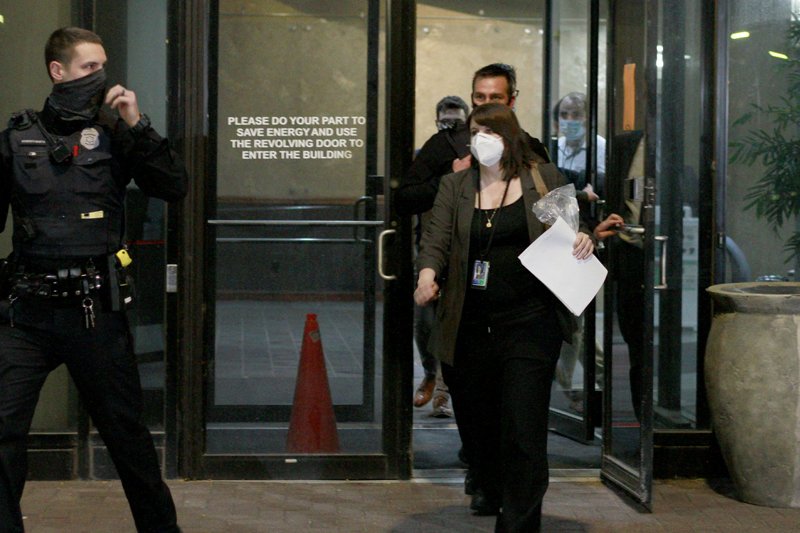As voters in Europe’s largest economy go to the polls, much is at stake for their country, their continent and the world. After 16 years as Germany’s chancellor, Angela Merkel is bowing out. No obvious successor has emerged. Nor is a winner likely to be clear right after polls close. Coalition talks could consume the country for some time, keeping its government in limbo. Note that the form of the coalition that eventually emerges will matter more than who leads it — and don’t assume all will be well.
Outsiders are apt to view the contest as resembling an American or French presidential election — a race between individuals where all that counts is who becomes chancellor. Seen like that, it boils down to a choice between Armin Laschet, a state governor from the centre-right CDU/CSU bloc, or Olaf Scholz, the finance minister and a Social Democrat. The two are more similar than they’d care to admit: pragmatic, centrist and cautious, but also uncharismatic, underwhelming and unambitious.
However, Germans cast their votes for parties, not chancellors, and what really matters is the coalition that comes to power. This is the political chemistry that determines whether things blow up or remain stable — and three such compounds look plausible. In one, Scholz would govern with the environmentalist Greens and the pro-business, pro-market Free Democrats. In the second, Laschet would lead, but with the same two junior partners. And in the third, Scholz would be in charge, but with the support of the Greens and the Left, an extremist party descended from East Germany’s communist regime.
The first two would be centrist coalitions defined largely by areas of overlap and compromise between the junior partners. Either would be promising. The third would be something else.
As part of a centrist coalition led by either Laschet or Scholz, the Greens would bring their zeal in fighting climate change, as well as their newly hawkish tone against Russia and China, and their eagerness to integrate the EU. They’d have to drop ideas the Free Democrats would veto, such as tax hikes and an environmental policy based on bans and prohibitions. In the same way, the Free Democrats would emphasise a strong economy, leaner governance to accelerate Germany’s digital and climate transformations, and transatlantic cooperation with the US. To please the Greens, they’d temper their devotion to fiscal austerity, both in Germany and the EU. Either blend, regardless of whether the CDU/CSU or the SPD took the lead, could be good for both Germany and its friends.
The problem is the third possibility: an all-left government composed of Social Democrats, Greens and the Left party, also called red-green-red. The Left is anti-capitalist, anti-American, anti-NATO, anti-EU and pro-Russian. Even though it stands outside the mainstream, some Social Democrats, senior members of the party among them, think fondly of reuniting the two post-Marxist movements.
Even with the moderate Scholz in charge, red-green-red might converge on hard-left policies that raise taxes and tighten economic regulation to a degree that would hold back growth. Germany would become less reliable as an ally — because the Left opposes all foreign missions and wants to shrink an army that’s already too small. In addition, a red-green-red coalition would be fragile, and could break in the first international crisis.
How likely is this unnerving prospect? Once the results are in, Laschet and Scholz will put out feelers to the Greens and the Free Democrats. If efforts to form a centrist coalition fail, the Social Democrats might then turn to the Left as partner instead. Germany, Europe and the world must hope this doesn’t happen. Moderates among the conservatives, Social Democrats, Greens and Free Democrats need to recognise their responsibility and, for everybody’s sake, bridge their differences.

























